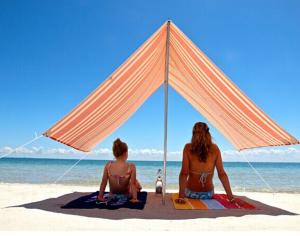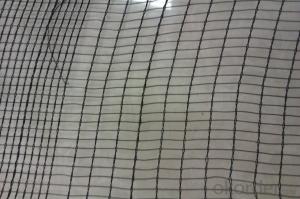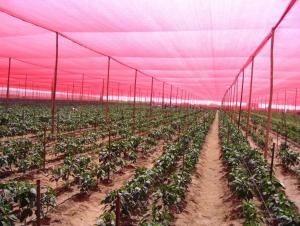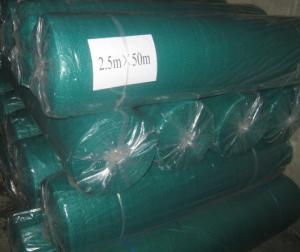Packaging & Delivery
| Packaging Details: | package of shade net 1.In rolls with paper rolls inside and poly bags outside 2.In sheets with bags outside 3.In cartons All packages and labels are designed as your requirements |
|---|---|
| Delivery Detail: | about 20 days after placing the oreder |
Specifications
plastic net
1.durable, tear resistant
2.light-weight knitted fabric
3.100% virgin HDPE
4.with UV stabilizer adding
Hot-selling cheap HDPE green sun shade net & & plastic net for sun shade
plastic net
Shade Net offer protection from the sun's rays and protect crops from the wind, used in horticulture, greenhouses and floriculture, flower-growing and fruit-growing, building scaffolSd, livestock, play areas, fence, and windbreak and packaging applications,etc.
Type | warped knitted |
| Weight | 30-320 gsm |
| Color | all color is available according to your requirements |
| Width | 1-8m |
| Length | 1~200m as your requirements |
| Raw material | HDPE |
| Package | in rolls or sheets witha label |
| Using life | at least 5 years |
| Delivery time | 30 days after deposit |
| Mini order | one 20GP container(about 4.5 tons) |
| Payment | L/C or T/T |
| Supply capacity | 150 tons per months |
























